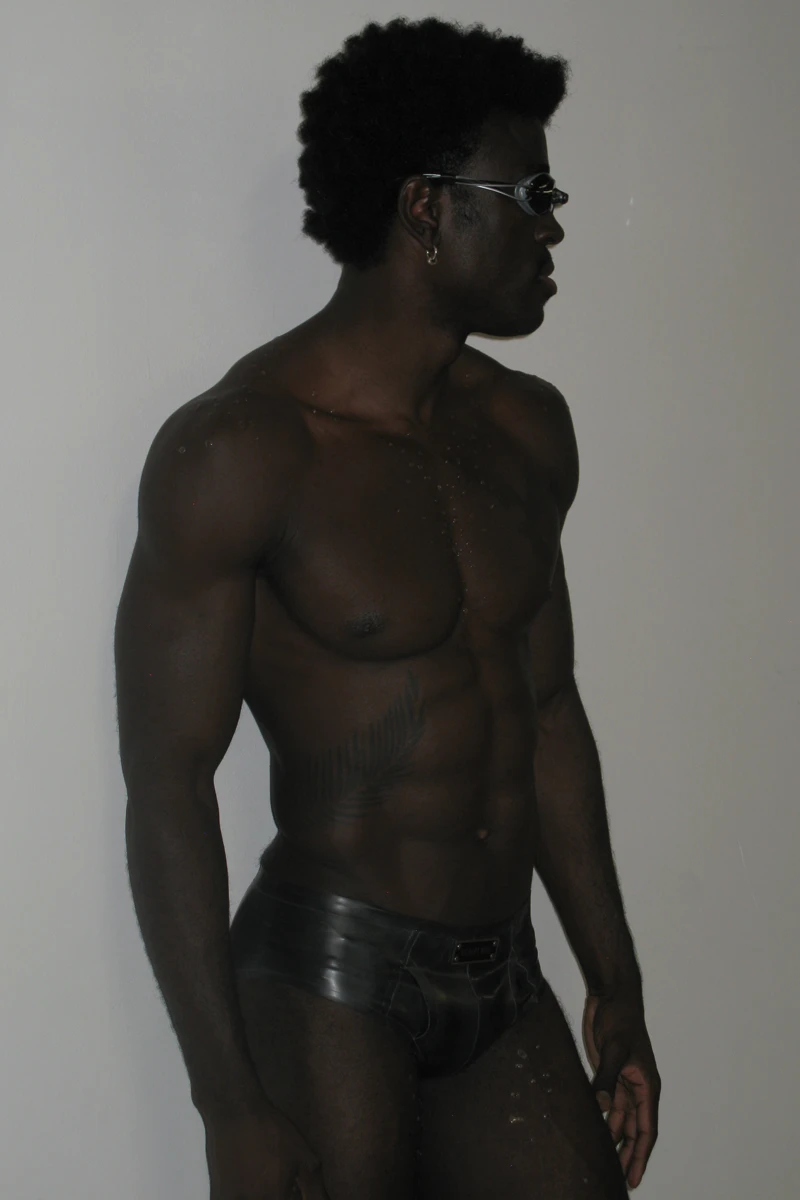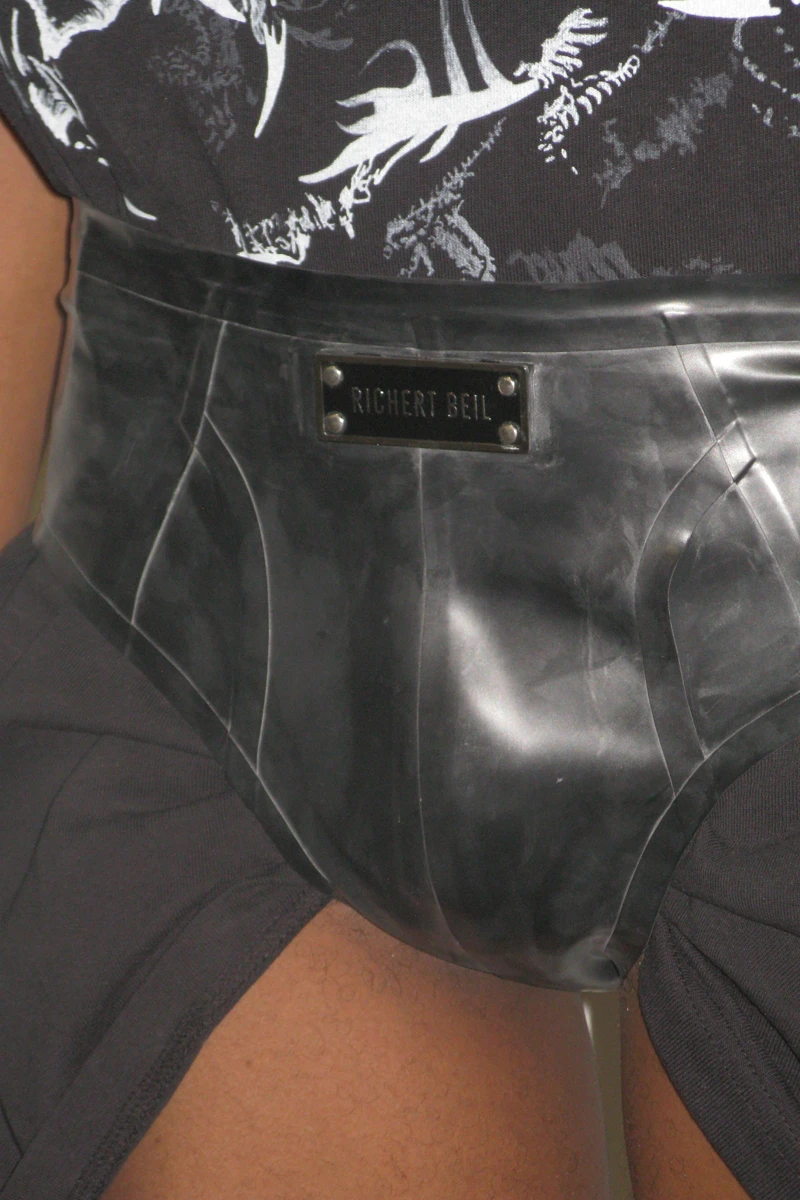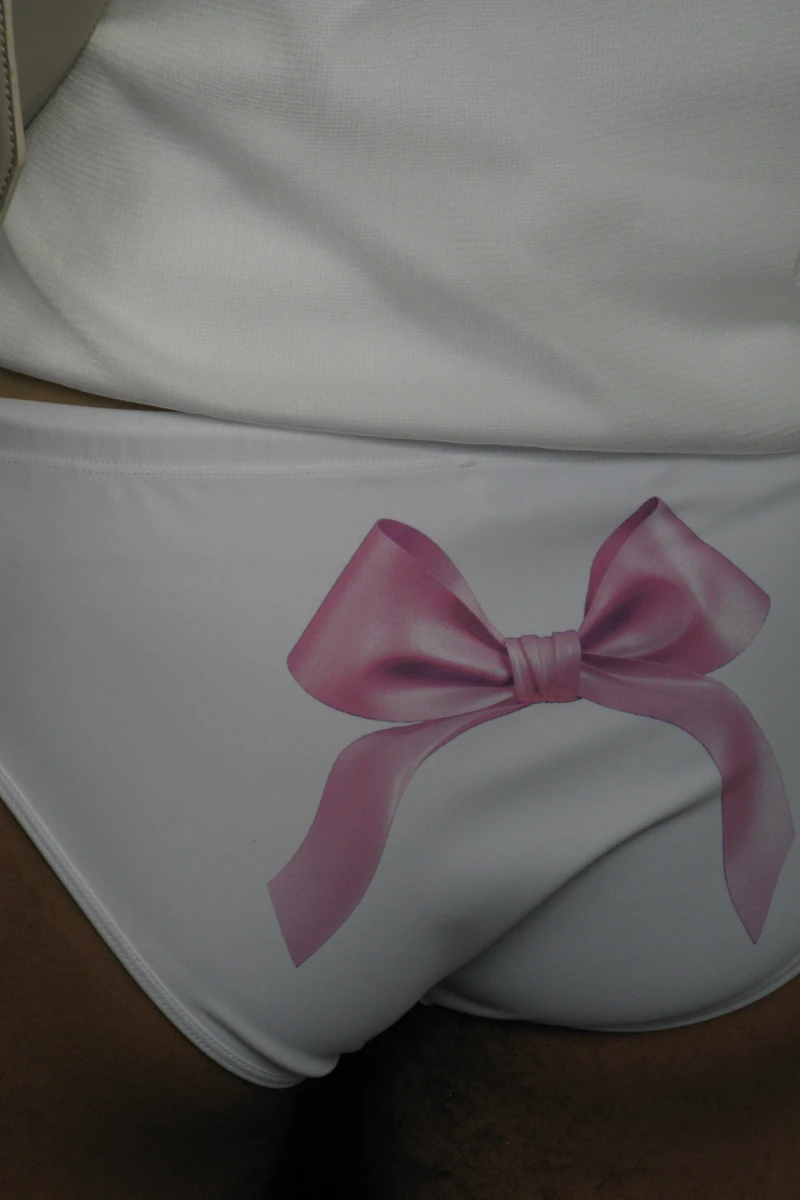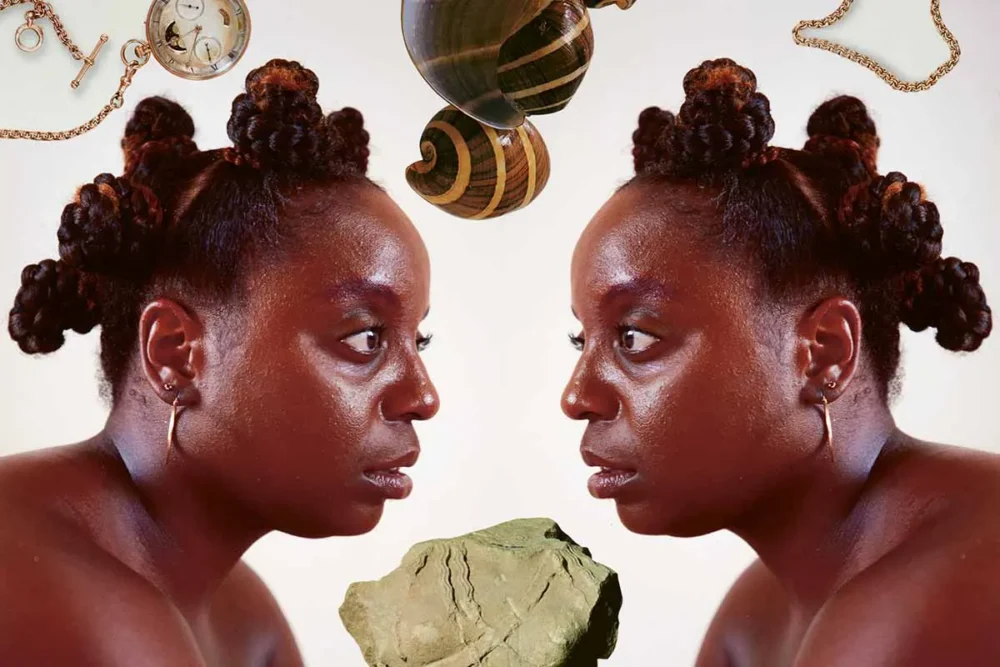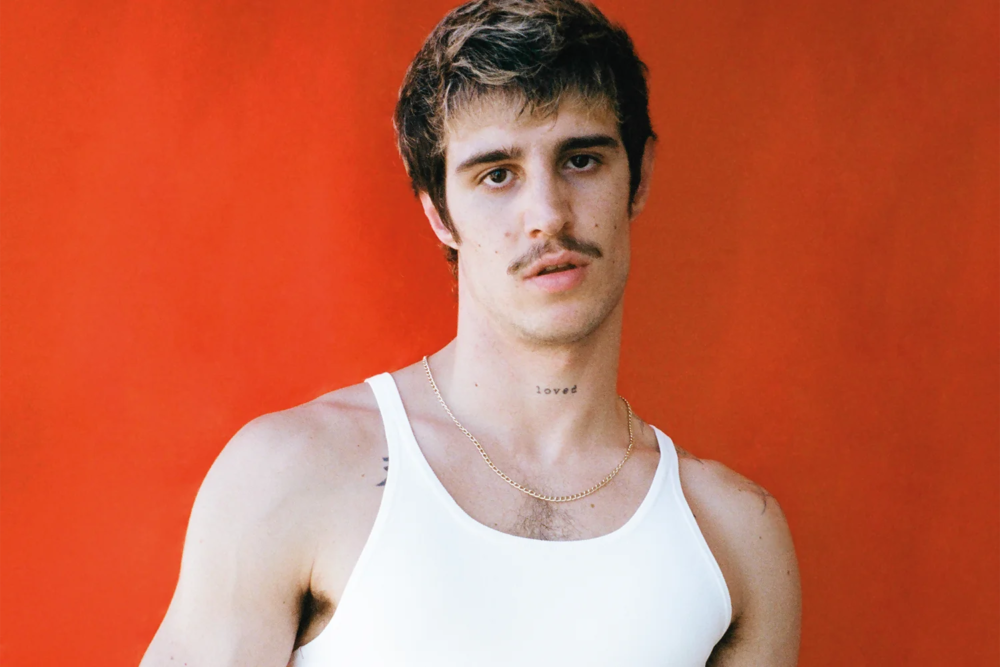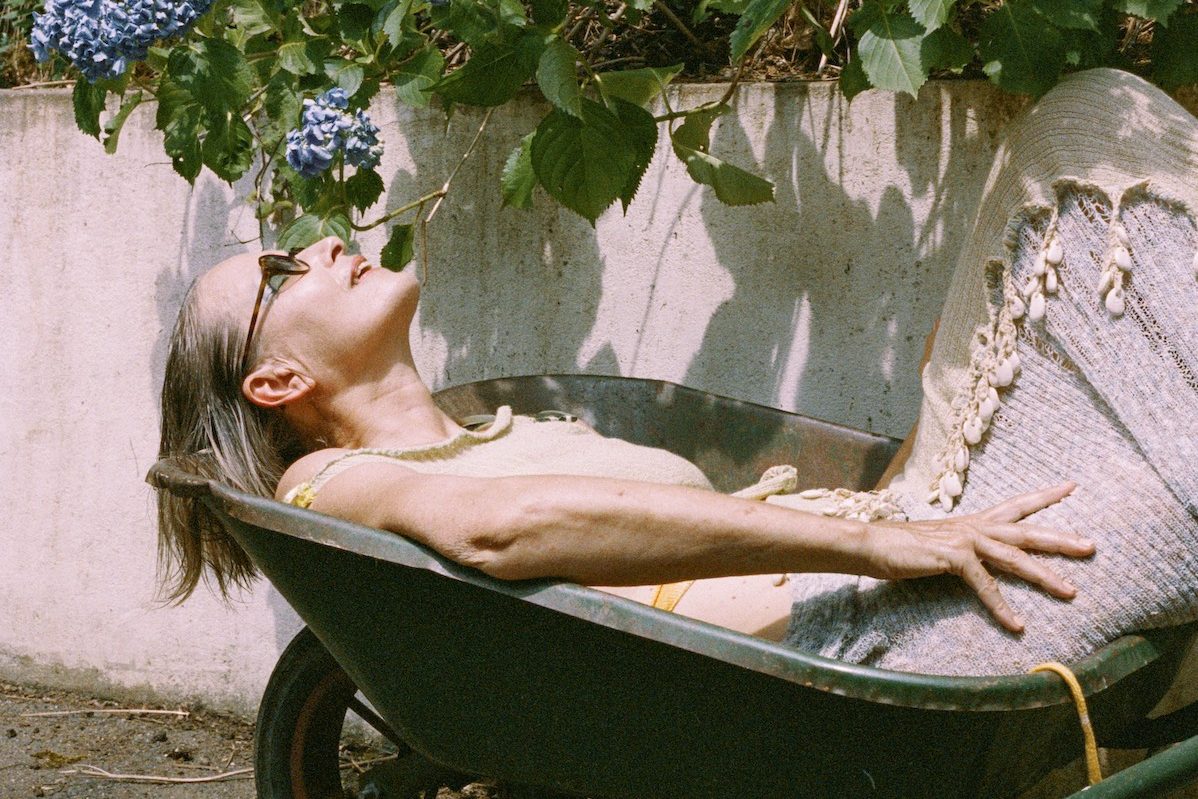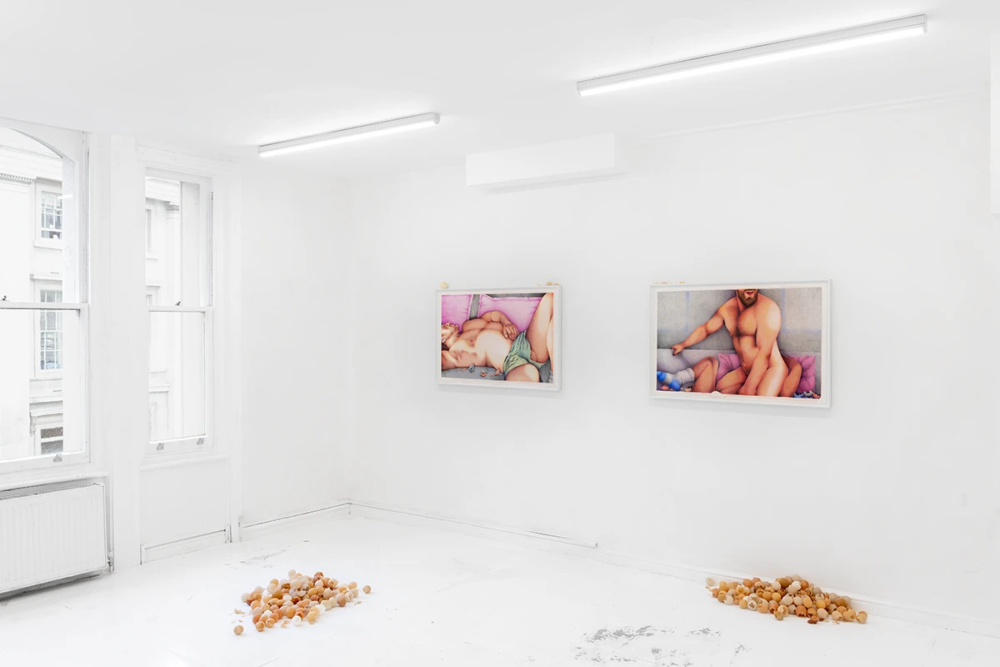
The code of conduct for Berlin Fashion Week SS25
As Berlin Fashion Week continues to evolve, it promises to inspire and challenge the fashion community worldwide, driving forward the ideals of creativity and diversity in the years to come
Berlin Fashion Week SS25: pushing boundaries in global fashion
Berlin Fashion Week, held from July 1 to 4, showcased a diverse lineup of designers and initiatives across various venues, from modern amphitheaters to underground locations along the Berlin Wall. The four days highlighted unique perspectives on contemporary fashion and introduced sustainability requirements aligned with Copenhagen Fashion Week’s framework, setting a precedent for global fashion events. Supported by the Fashion Council of Germany, the event aims to push boundaries and foster positive change in the industry.
The Berlin Contemporary prize winners are the highlights of Berlin Fashion Week SS25
The German Senate Department for Economic Affairs, Energy, and Public Enterprises/Project Future has long supported Berlin’s fashion industry. To nurture innovation and growth, they recently organized a competition focused on bolstering local designers and retail throughout Germany. The competition awarded prize money to winners who showcased their designs during Berlin Fashion Week SS25.
Newcomers this year included Berlin-based GmbH and emerging designer Clara Colette Miramon, alongside seasoned participants like SF1OG, Sia Arnika, MARKE, NAMILIA, Richert Beil, and Avenir. LUEDER and Kitschy Couture returned for their second appearance, while Milk of Lime and Haderlump made a comeback to the Berlin Contemporary program. This diverse lineup highlighted innovative, creative, and sustainable concepts within the fashion industry.
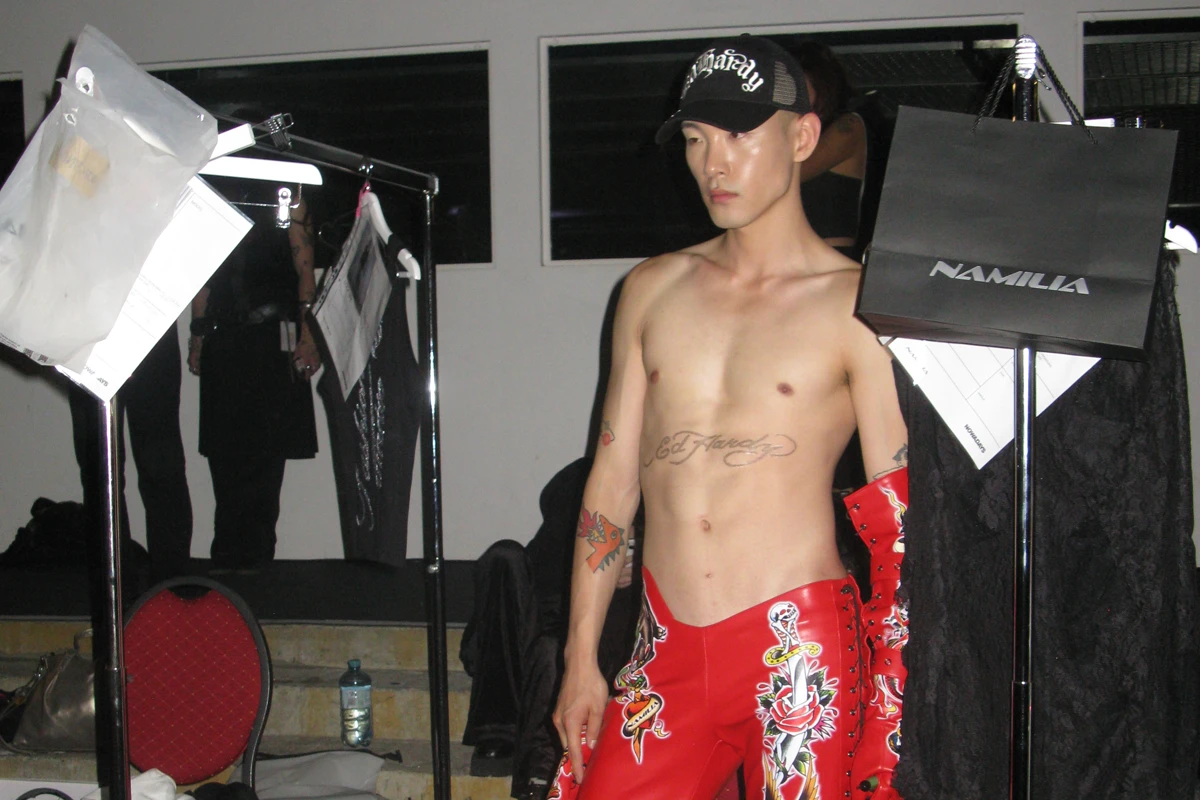
Intervention highlights: GmbH’s Return with Resistance Through Rituals SS25 collection
Reference Studios unveiled the second edition of Intervention, a platform for both national and international designers. Developed and curated by the Berlin and Milan-based communications agency under the guidance of founder and CEO Mumi Haiati, this year’s lineup featured Shayne Oliver’s Anonymous Club, Marie Lueder’s eponymous label, Claudia Skoda, and Benjamin Huseby and Serhat Isik’s GmbH.
After presenting shows in Milan and Paris, GmbH returned to its German roots with its SS25 collection titled Resistance Through Rituals, showcased amidst a rainy afternoon at the Tempodrom near Potsdamer Platz. At the center of the concept is the exploration of the resurgence of fascism and its societal consequences, GmbH stated in a release. The founding duo emphasized: «Living in Germany as queer children of Muslim immigrants, our community faces intensified persecutions. In the face of adversity, resistance becomes a survival strategy».
The collection includes tailored jackets, patchwork tops, and micro boxing shorts adorned with printed bows, embodying readiness for any challenge or fight. In collaboration with the Swedish shoe and fashion brand Axel Arigato, the brand created a sneaker collection in shiny silver, combining chain elements with armored metal. Additionally, the brand’s signature workwear aesthetic was evident through the showcase of denim ensembles and bomber jackets.
Richert Beil invites the audience to a beach day at the North Sea
Jale Richert and Michele Beil’s SS25 collection, Bademodenschau, reinterprets beachwear with a focus on representing diverse identities at a quintessential German beach—often overlooked in mainstream representation. The designers aim to deconstruct typical clichés of German culture while highlighting the unique identities of minority groups. Their goal is «to create a visual impact that sparks dialogue, understanding, and acceptance», as stated by the designers in the invitation show notes.
Accompanied by seagulls’ screeches and heavy metal music, the monochromatic collection juxtaposed breezy black bathing suits and spiked flip-flops with inflatable water wings alongside fully covering garments. All pieces, crafted from vintage materials including latex, rubber, and regenerated leather, were selected and reconstructed by the team from eBay, the show partner.
By integrating familiar experiences and traditions into their collections, Jale Richert and Michele Beil enrich their garments with relatability and resonance, weaving narratives that encourage wearers to connect with the stories behind each look.
Exploring discontent: Sia Arnika’s SS25 collection
In an empty storefront, bathed in neon lights with a faint buzz, and surrounded by fly breeding boxes, Danish designer Sia Arnika debuted her latest ready-to-wear collection. Her designs blend layers with minimalism: some pieces adorned with draped cords, others featuring fabric manipulations or cutouts. Perforated items, latex, and asymmetrical gowns were part of the collection. Her silhouettes embrace and then release the body, showcasing ruching and sheer materials.
The designer explains: «Everything starts with fabric—its textures, shapes, deconstruction, and the myriad contrasts that define my collections: disorder and embellishment, the mundane and the provocative, the art of layering and shaping».
The SS25 collection thrives on general societal discontent, with a spotlight on the polo shirt. Sia Arnika reinterprets it in various styles, including prints with the phrase The People Want More, echoing the theme of the fly trapped in the breeding boxes. Notably, white mesh fabrics -resembling fly screens- were used for capes and as overlays on some garments.
SF1OG’s marketplace runway: a blend of tradition, sustainability, and local craftsmanship
Rosa Marga Dahl and Jacob Langemeyer from SF1OG presented their show at the historic Umspannwerk in Berlin Reinickendorf, an electrical substation. The Berlin designer duo staged a fashion walk through a weekly market, with models representing different types of consumers and stallholders. These included not only butchers in white aprons but also visitors, some of whom were strolling with their dogs. Patchwork shirts made from antique kitchen linen and tops enriched with plaid shopping bags and tea towels conveyed the collection’s theme.
Craftsmanship, local products, and sustainability are at the heart of the brand. «At SF1OG, we always build our collections from three material categories» explains the brand manager and co-founder Jacob Langemeyer. «One-third new sustainable fabrics, one-third deadstock fabrics, and one-third antique recycled fabrics and textiles. For SS25, we sourced antique linen from the years 1800-1900, as well as a variety of old plaid men’s shirts that represent typical marketplace patterns».
For grocery shopping, some models flaunted a range of bags and mini backpacks from the Eastpak brand, all crafted using deadstock fabrics sourced from the collection.
Namilia’s Good Girl Gone Bad showcase at The Tunnel
Namilia’s Good Girl Gone Bad fashion show took place at The Tunnel, an underground venue in Potsdamer Platz subway station. The collection features 60 looks, delving into society’s obsession with fame, the pressure for recognition, and the cyclical nature of stardom driven by social media.
«Our collection examines why society pushes individuals to their breaking points for recognition and explores the cycle of fame, where everyone seeks stardom through social media, facing both adoration and harsh critique» explained the designer duo.Reimagining celebrity culture from the 00s and early 2010s, known for its paparazzi and tabloid gossip, the collection was created in collaboration with Ed Hardy. This partnership allowed Namilia to access Ed Hardy’s deadstock archives to craft new upcycled pieces. The collection features mini skirts, fake-fur coats, pink leather-look ensembles, and provocative ball gowns adorned with messages like Fashion Victim, I love Ozempic, or Too Pretty for Rehab in rhinestones. The presence of the Namilia logo alongside prints of tigers, skulls, and roses from Ed Hardy underscores the collaborative spirit of the collection.
Looking forward: Berlin Fashion Week introduces new sustainability guidelines, joining forces with Copenhagen Fashion Week
This season, Berlin Fashion Week announced a new partnership with Copenhagen Fashion Week. By adopting the Sustainability Requirements framework created by the Danish fashion institution, the Fashion Council Germany -as the coordinator of the Berlin Fashion Week schedule- pledges to enforce the minimum standards as a compulsory criterion for all shows at Berlin Fashion Week.
Scott Lipinski, CEO of Fashion Council Germany, stated: «By adopting the Sustainability Requirements at Berlin Fashion Week, we are not only committing to higher standards but also setting an example for responsible practices. This collaboration presents a significant opportunity to leverage our combined expertise and resources, fostering innovation and encouraging brands to meet the evolving demands of society and the industry».
Berlin Fashion Week code of conduct will enhance standards concerning diversity, equity, inclusion, and belonging. This initiative aims to increase opportunities for models, designers, and behind-the-scenes professionals. Additionally, there will be requirements for transparency and traceability to encourage brands to proactively disclose information to consumers about their products and supply chains. «By implementing sustainability requirements, Berlin will become one of the leading international locations for a responsible and innovative fashion industry», stated the department’s state secretary, Michael Biel.
Those requirements will become mandatory criteria for any brands showing at the event from February 2026 onwards. It follows the model established by Copenhagen Fashion Week, which launched a sustainability framework in January 2023. Further details regarding the 20 minimum standards in the Berlin-specific criteria will be disclosed in a code of conduct expected to be released towards the end of the year.
Berlin Fashion Week
Under the guidance of the Fashion Council of Germany, Berlin Fashion Week SS25 showcased a blend of creativity, sustainability, and cultural commentary, reaffirming its role in the global fashion landscape.
Giulio Polverigiani
